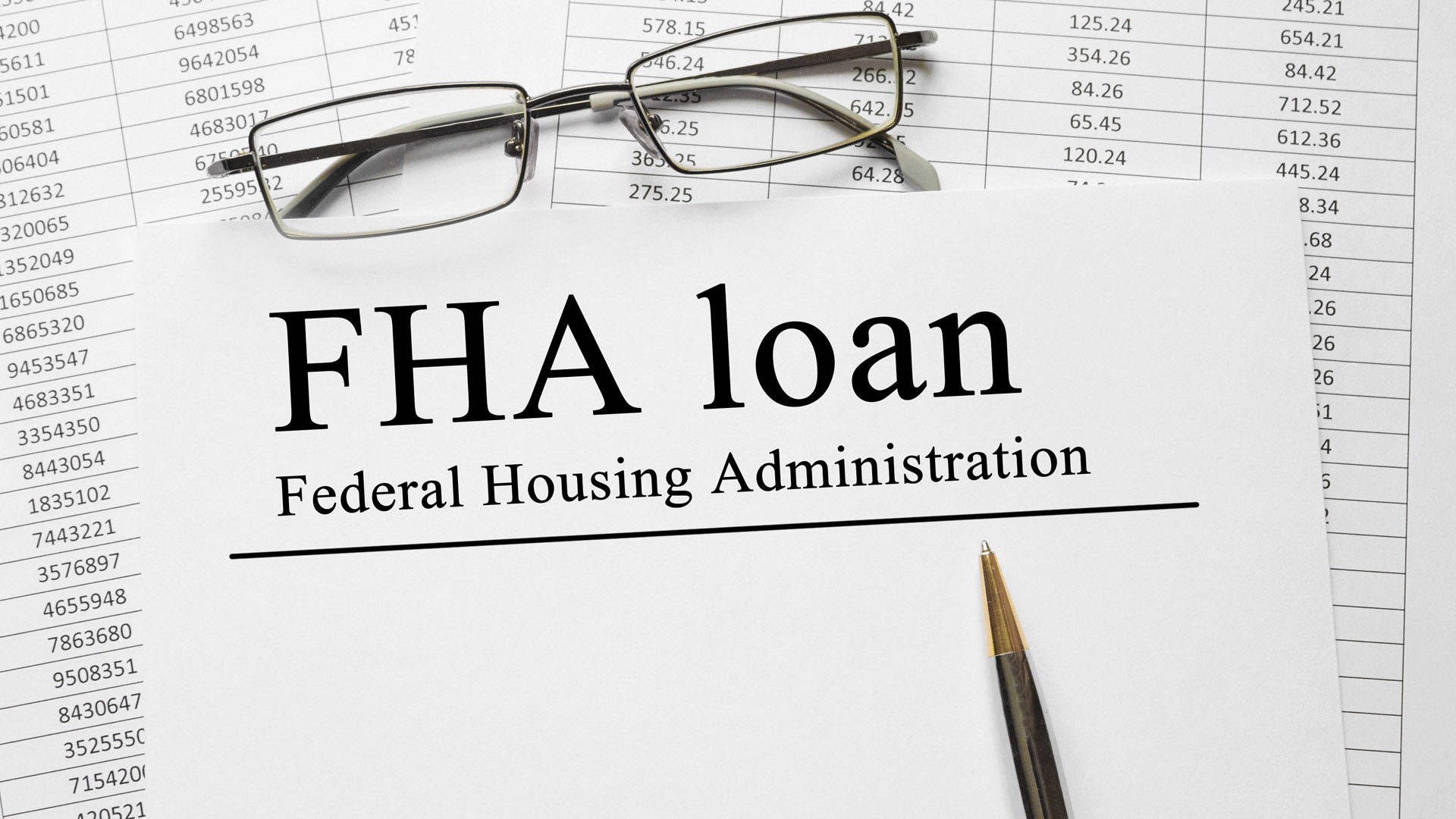Key Highlights
- Even with COVID economy and huge job losses, it still possible to get FHA financing
- New twists to FHA financing due to COVID
The government’s FHA mortgage program has been a bedrock of homeownership, especially for first-time buyers, since its inception during the 1930’s. Why? It offers borrowers the ability to purchase a home with just 3.5% up front plus closing costs instead of the typical 20% down payment.
Download Your FREE Ultimate Agent Survival Guide Now. This is the exact ‘do this now’ info you need. Learn NOW How to Access All The Bailout Program Cash You Deserve. Including Unemployment and Mortgage Forbearance Plans. To Access the Ultimate Agent Survival Guide Now Text The Word SURVIVAL to 47372. 4 Msgs/Month. Reply STOP to cancel, HELP for help. Msg&data rates may apply. Terms & privacy: slkt.io/JWQt
What are some of the advantages of FHA mortgages?
- Since the government is basically responsible for paying the debt on an FHA mortgage, lenders see FHA loans as less risky than comparable conforming loans. The bonus of government backing is that generally, but not always, FHA loans have lower interest rates.
- FHA borrowers MAY be able to qualify for a mortgage with a less than 620 credit score. Borrowers ought not hold their breath on this since lenders are more COVID cautious, but it MAY be possible.
- The Department of Housing and Urban Development recently recalibrated its Debt-to-Income or DTI ratio requirements. Take a look:
- With minimum credit score of 500-579, qualifying front/back ratio is 31/43. FHA Energy Efficient Homes MAY increase DTI to 33.45
- Credit score of 580 and above, 31/43 DTI. For FHA Energy Efficient Homes, back end MAY increase to 45
- Credit score of 580 and above, DTI to 37/47. Compensating factors can include ONE of the following:
- Additional cash reserves
- Minimal payment shock
- Residual income
- Credit score of 580 and above, DTI 40/40 as long as there is no discretionary debt
- Credit score of 580 and above, DTI to 40/50 as long as TWO of the following apply:
- Additional cash reserves
- Minimal payment shock
- Significant additional income
- Usually, the highest DTI with compensating factors is 56.9%. The borrower would need to work with the right lender in such a situation.
- FHA lenders are required to use 1% of student loan balances as part of the DTI calculations.
- Sellers can provide credit up to 6% of the sale price on FHA loans. This credit can ONLY be used to offset closing costs and/or repairs, not as funding for down payments.
- Gift money from family, friends, unions, employments and down payment assistance programs can help provide borrowers with cash down payments.
- There are NO FHA prepayment penalties. This is a big one!
- Under the FHA streamline refinance program, borrowers can take advantage lower interest rates (millions have as the Federal Reserve has cut rates) without having to have the house appraised or the borrower having to submit a recent credit report. Lower refinancing tends to lead to less default risk and fewer foreclosure claims for the government.
- Lenders can VERBALLY verify employment through AUGUST 31.
- Through AUGUST 31 at least, the government is allowing lenders to accept EXTERIOR-ONLY and DESKTOP-ONLY appraisals.
- If borrower has a low-rate mortgage and sells the home when the interest rates are higher, it’s possible for the purchaser to assume the lower-rate FHA mortgage.
- The purchaser can use an FHA mortgage to buy a property with two, three or four units AS LONG AS the purchaser OCCUPIES AT LEAST ONE OF THE UNITS AS A PRIMARY RESIDENCE. Other than that, a purchaser cannot use an FHA loan to buy an investment property.
Thanks to The Refi Guide.
Also read: Do Low Rates & Inadequate Supplies of New Homes Spell An Epic Housing Shortage?, Credit Scores Are The Highest in 8 Years, Independent Contractors Eligible for $1,000 Government Grant
































